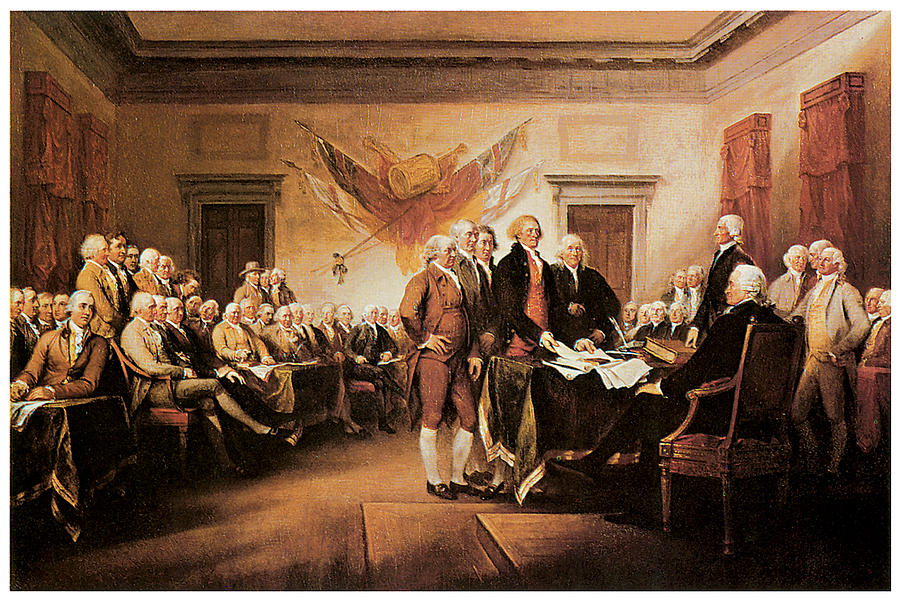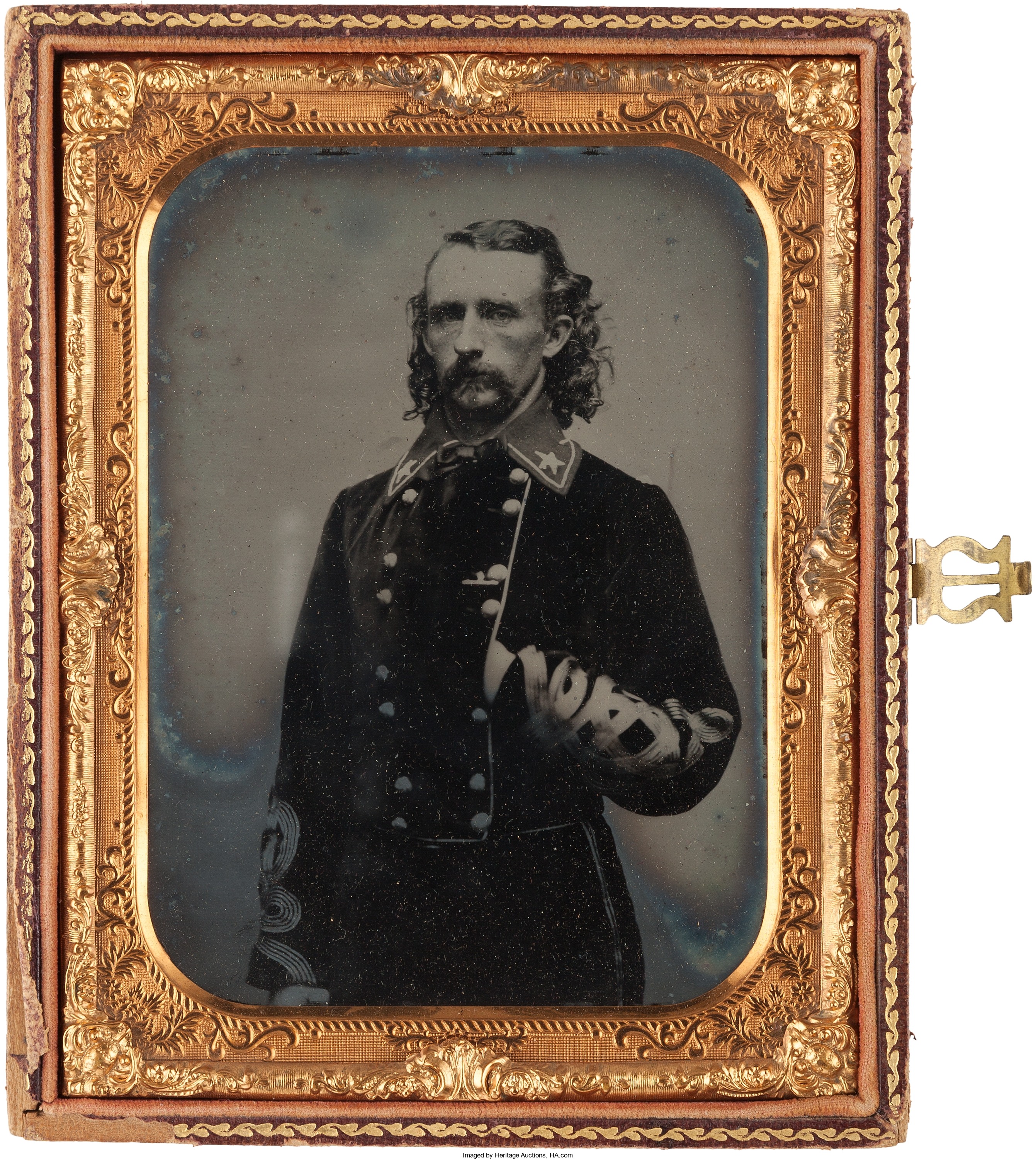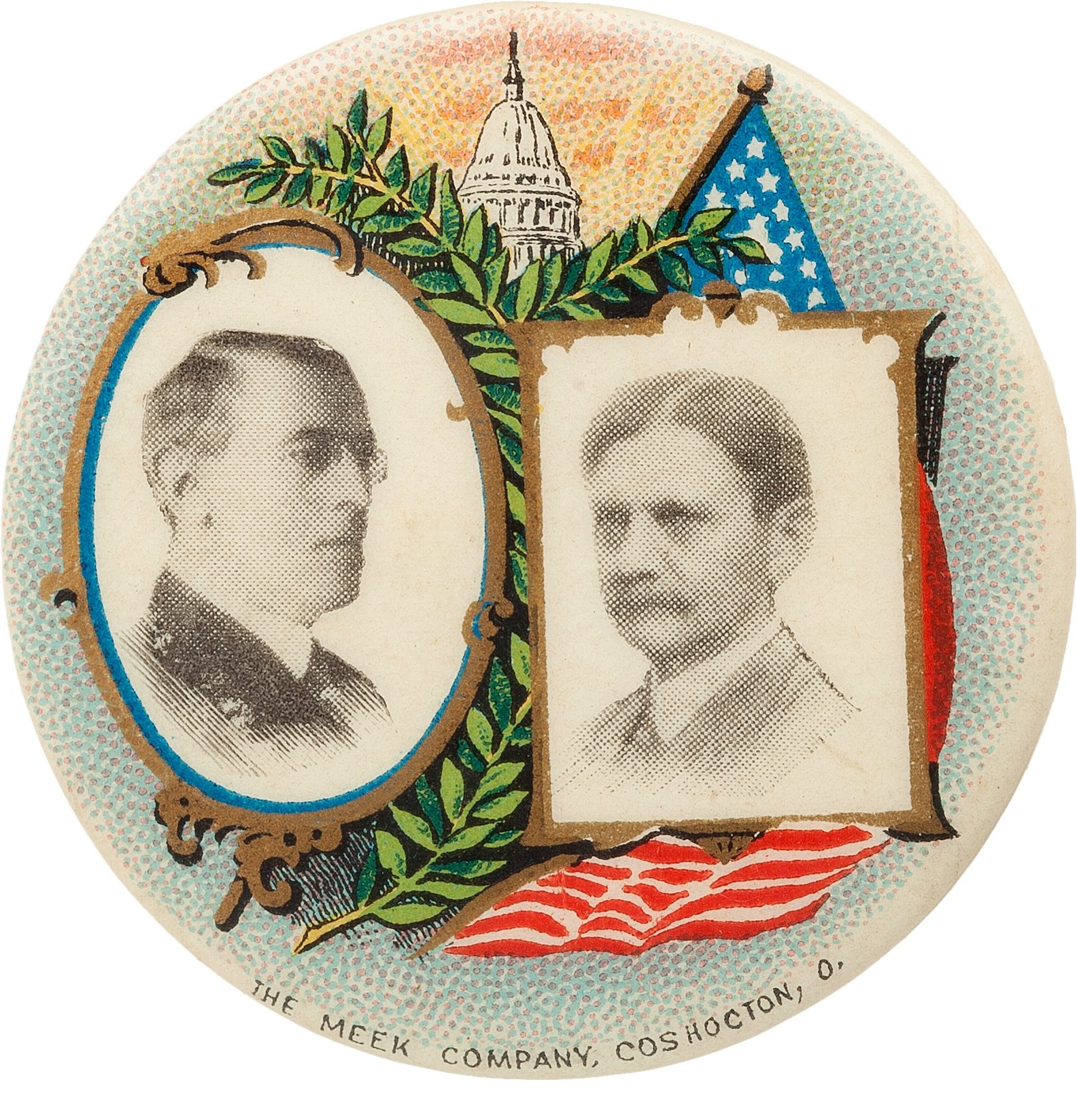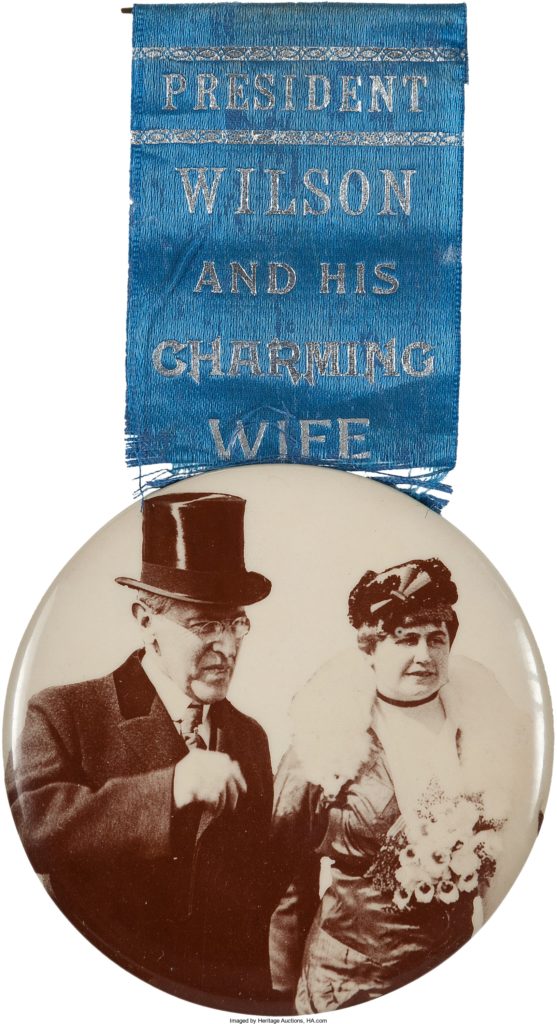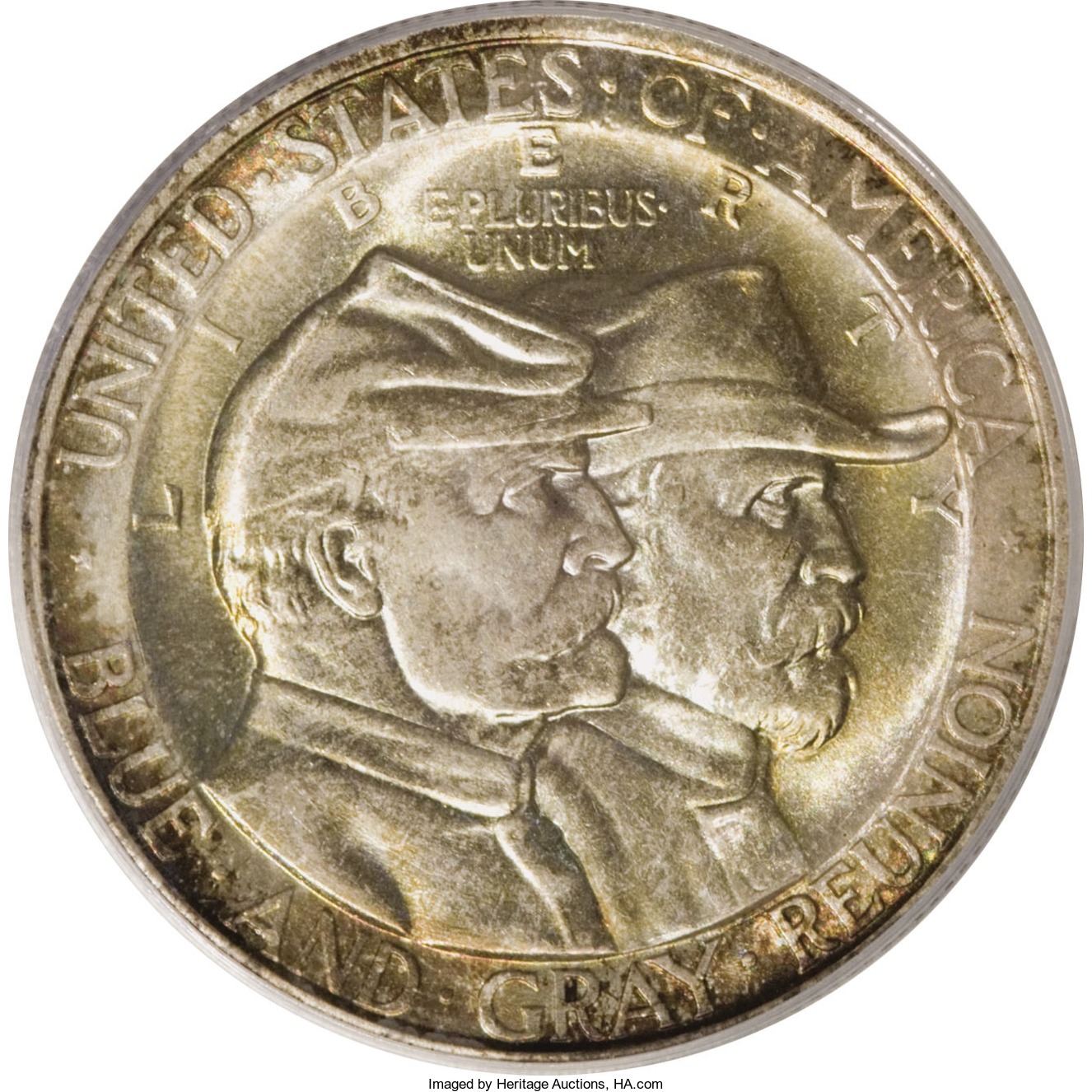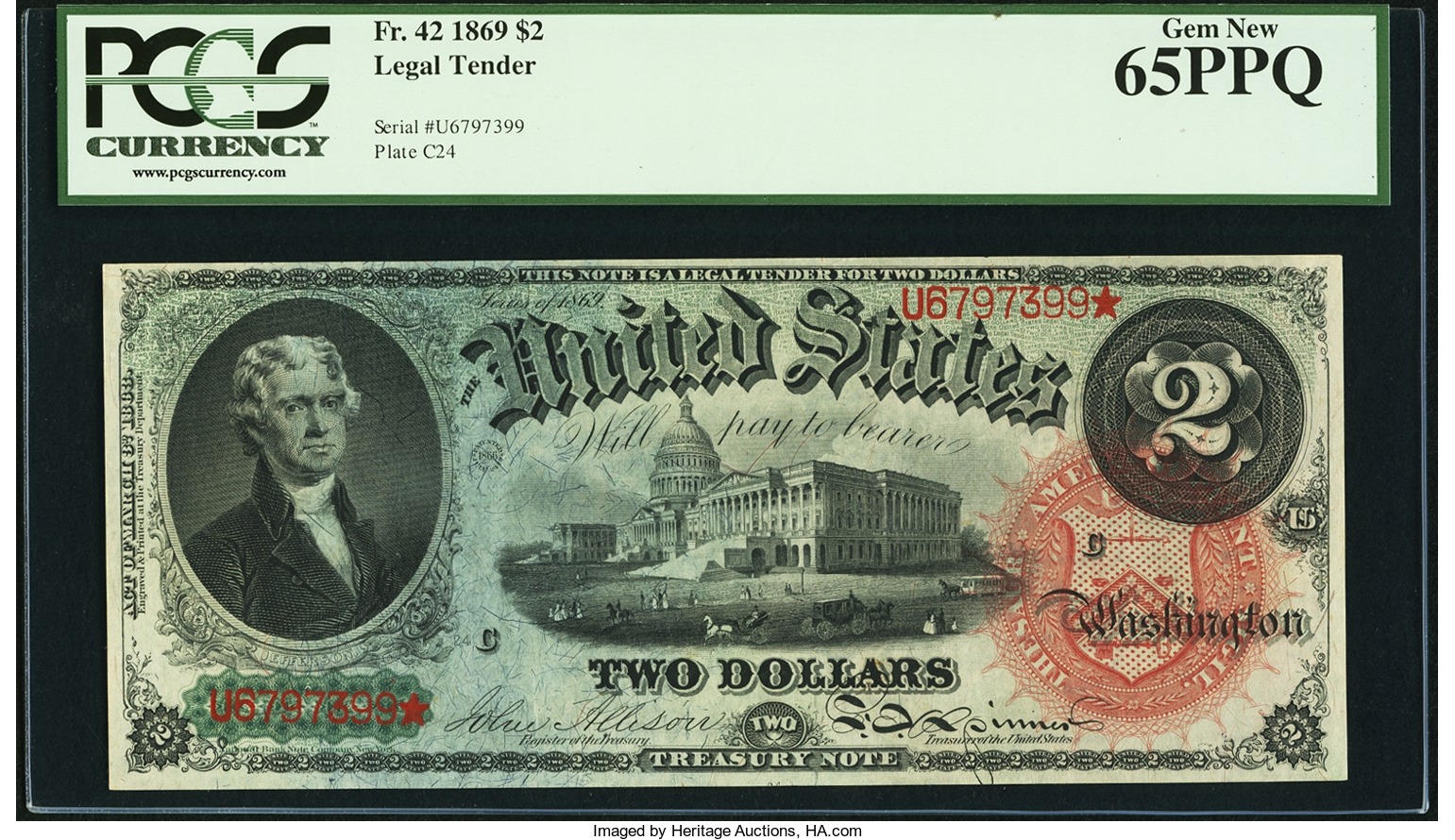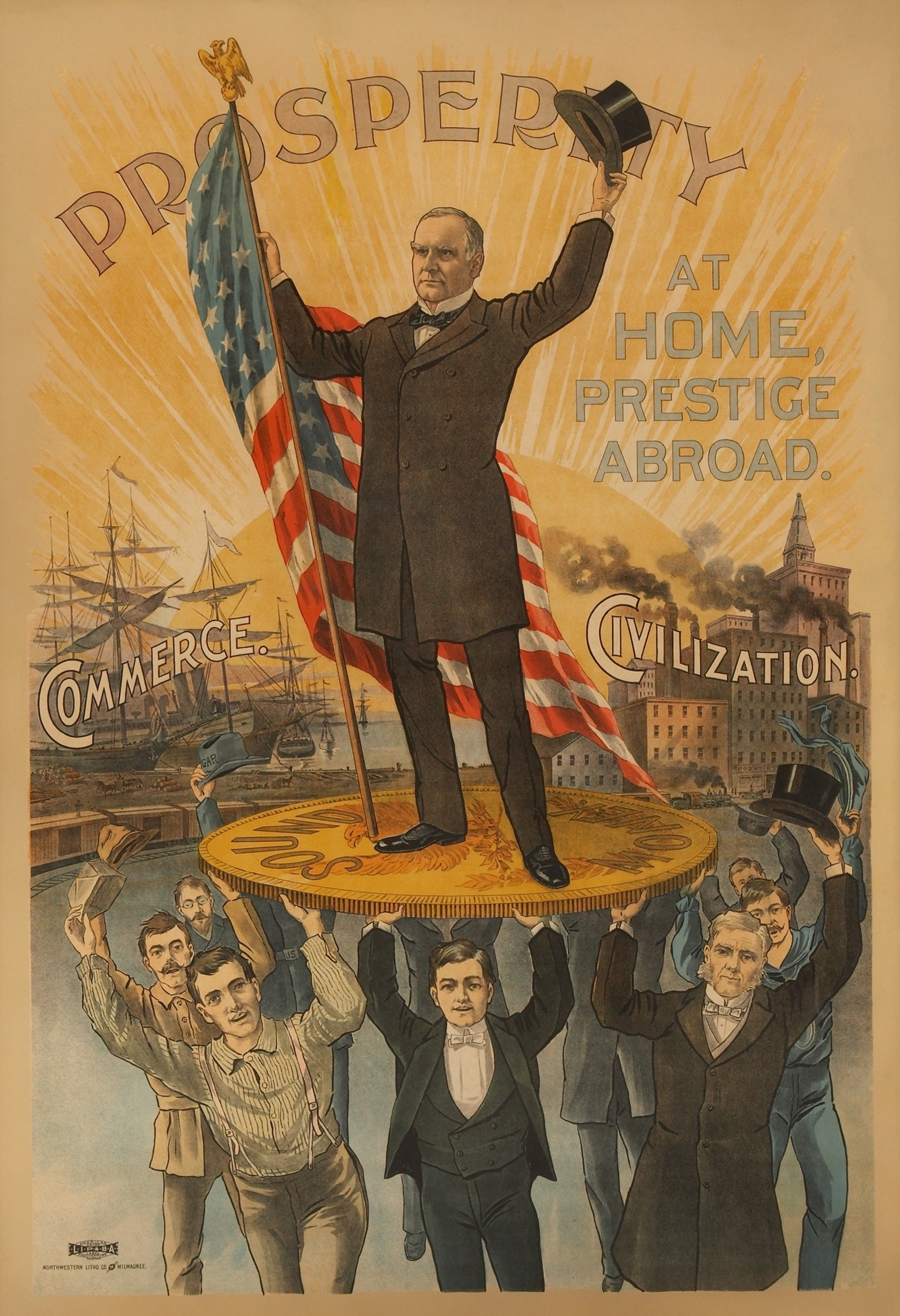
By Jim O’Neal
“Now look! That damn cowboy is president!” – Mark Hanna (1901)
Major William McKinley was the last veteran of the Civil War to be nominated for president by any party. With the backing of Ohio businessman and U.S. Senator Mark Hanna, McKinley won the 1896 presidential election and was inaugurated on March 4, 1897. This was the last presidential inauguration of the 19th century and the first to be recorded on film.
His vice president, Garret Hobart, died in 1899 at age 55 from heart disease. He would become the last man to serve in that office in the 19th century and the last vice president to die while in office. The vice presidency was then vacant until the next election.
As the incumbent, McKinley was the strong favorite in 1900, but a major dispute erupted over the choice for VP. There was a lot of support for Theodore Roosevelt after his high-profile exploits in the Spanish-American War, however, “King Maker” Hanna was very much opposed. He viewed TR as a maverick who would be hard to control and made his opinion well known:
“Matter! Matter! Why, everybody’s gone crazy. What is the matter with all of you? Here’s this convention going headlong for Roosevelt for vice president! Any of you realize that there’s only one life between that madman and the presidency? … What harm can he do as governor of New York compared to the damage he will do as president if McKinley should die?”
There was also a major dispute over the party platform, and the new Silver Republican Party decided to back Democrat William Jennings Bryan when the main Republican Party supported the gold standard. Silver Republicans included the senators from Utah, Idaho, Colorado, South Dakota, Montana and Nevada.
Of course, McKinley did win the election and after he was assassinated in 1901, that “damn cowboy” did become president. By then, Hanna’s health was failing and he and the new president reached an accommodation. TR would stop calling him “old man” and Hanna would stop calling Roosevelt “Teddy” (he disliked that name). The Silver Republican Party faded away and the 20th century was waiting impatiently.
 Intelligent Collector blogger JIM O’NEAL is an avid collector and history buff. He is President and CEO of Frito-Lay International [retired] and earlier served as Chairman and CEO of PepsiCo Restaurants International [KFC Pizza Hut and Taco Bell].
Intelligent Collector blogger JIM O’NEAL is an avid collector and history buff. He is President and CEO of Frito-Lay International [retired] and earlier served as Chairman and CEO of PepsiCo Restaurants International [KFC Pizza Hut and Taco Bell].



